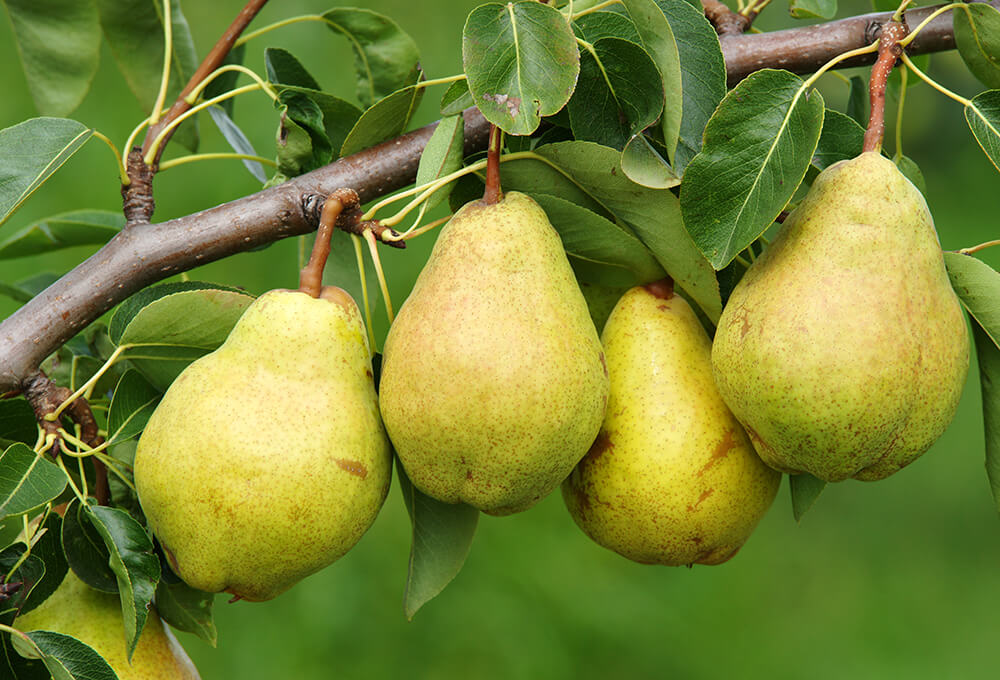
Drying and subsequent falling of ovaries on a pear leads to a loss of ½ crop. The peak of the development of pathology is the end of spring and the beginning of summer. With a regular inspection of landings, the problem can be noticed at an early stage. Otherwise, by the middle of the first summer month, the gardener will have to destroy at least 1/3 of all plantings. Before taking measures, the summer resident is obliged to correctly determine the cause of the development of the disease.
Why do ovaries fall off on a pear
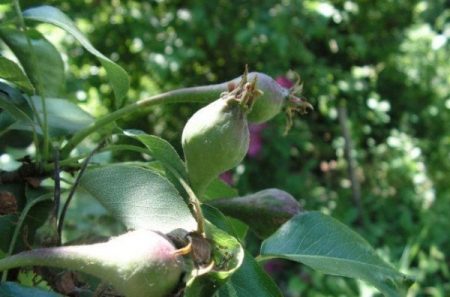
Botanists came to the conclusion that it is extremely rare that 1 factor becomes the cause. In most cases, this is a combination of several reasons. Opens a list of those not observing the rules of irrigation. Excess moisture, as well as its lack, does not have the best effect on the health of the fruit. Summer residents, who are not always able to predict the behavior of the celestial office, decide at their own risk and risk to water more or less than usual. For example, if the next day after heavy watering rainfall occurs, then problems can not be avoided.
The optimal irrigation regime for a pear is at least 5 times per season. Each subsequent application of moisture is made after an equal time period. The gardener must make sure that the soil is moistened to a depth of at least 55-60 cm.
The list of negative factors leading to crop loss will continue, the following reasons:
- Wrong choice or type of fertilizer applied. Fruit trees, such as pears, actively consume nutrients from the soil. A gardener who did not feed in the fall and spring risks losing part of the crop. A tree that does not have resources to support all the ovaries will begin to actively get rid of them.
- The vagaries of nature is another factor that can be difficult to predict. The list of the most dangerous natural phenomena includes downpour and strong wind. The stronger nature shows its formidable disposition, the more difficult it is for the ovaries to maintain their original location. Statistics show that after a strong wind the pear looks very shabby.
- The connection between the stem and the tree is not strong enough - pathology is extremely rare. Botanists say that this is a genetic defect. Unfortunately, it is extremely difficult to predict the appearance of such a problem. It all depends on the quality of the seed used.
- The activity of pests is to a greater extent a threat to the pear is the stalk, sawfly, flower beetle and tinker.
- Freezing soil - this is a sharp difference in the level of day and night temperatures in the range of at least 8-10 degrees.
- Elevated soil acidity is the least common factor.
Diseases - the list of the most common pathologies includes rust, scab and rosette.
Completes the list of reasons that provoke the falling of ovaries, mechanical damage to the tree. The gardener should know that all manipulations on the site are carried out only with the help of a special tool. It is forbidden to pick leaves or break off even damaged branches.
Restoring fruit tree health
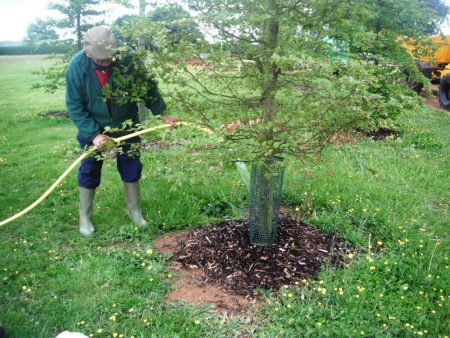
The promptly taken correct measures are the guarantee of a minimum yield loss. Botanists recall that it is not always possible to save a tree on which the ovaries began to fall. The first thing to do is to provide a natural level of moisture in the soil.To keep the liquid in the soil, mulch is used, with the help of which they cover the watered soil. The minimum required mulch thickness is 10 cm. Other methods aimed at eliminating the ovary falling off the pear look as follows:
- Normalized watering - trees, whose age ranges from 3 to 5 years, require 5 to 8 10-liter buckets, respectively. Landings that canceled a 6–9 birthday need 10–12 10-liter buckets respectively. After and before each watering, the summer resident controls the degree of soil moisture using a probe. The minimum required level is 50 cm. If, after removing the probe from the ground, the earth pours from it, like dust, it means that the summer resident is obliged to make another 1 bucket of water.
- Change the method of feeding - to reduce the rate of fall of the ovaries, a urea solution is used. For every 10 liters of water, take 2 tablespoons of the drug. Spraying is carried out in dry and calm weather. Processing is subject to the trunk, leaves and branches. If the problem has become chronic, then the following recipe will come to the rescue. The bucket is filled with weeds and poured with water. The mixture is supplemented with 10 g of superphosphate and 1 glass of ash. Within 14 days, the solution is with the lid closed in a dark place. Before using the resulting solution, it is diluted - 1 liter of the mixture is diluted with 10 liters of water. Under each tree make up to 4 buckets.
Regular inspection of plantings reduces the likelihood of pest activity and disease development. For example, in the autumn, sticky hunting belts covered with a sweetish liquid are hung around each tree. A simple bait will take on most of the insects. At least 1 time per planting season is treated with fungicides “Chorus” (10 mg for every 10 liters of water) and “Skor” (2.5 mg for every 10 liters) to reduce the likelihood of infectious, fungal and bacterial pathogens. Digging the soil at least 2 times per season. If the activity of a sawfly or peduncle is recorded on the site, then use the following recipe:
- 10g mustard;
- 1 liter of water;
- 48 hours to insist;
- strain;
- every 200 ml of the mixture is diluted with 5 l of water.
Under each tree make 2.5 liters of solution. The duration of the therapeutic course is 1 month.
Falling ovaries in a pear, which is provoked by an increased level of acidity of the soil, is eliminated using dolomite flour. For every 1 m2, 400 g of substance is added. The treatment area should not be closer to the trunk circle than by more than 1 m.
Preventive actions
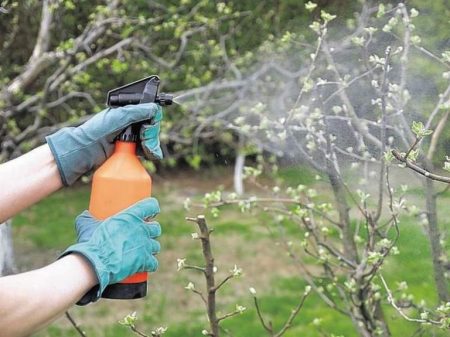
In most cases, the techniques used to treat damaged trees are effective in preventing ovarian decay. The task of the gardener is to constantly monitor the health of the plantings. The disease is easier to notice and eliminate at an early stage than to try to get rid of it. The list of exclusively preventive recommendations includes the following tips:
- Spraying plantings with a 3% solution of Bordeaux fluid. The best time is early spring. 4-6 days before the start of flowering, re-spray the pear using a 1% solution of Bordeaux fluid.
- In regions with an increased risk of pests, pears are treated using a 1% solution of colloidal sulfur. The best time is the beginning of spring.
- After harvesting, the trees are treated with copper sulfate. The mixture is prepared at the rate of 100 g of substance for every 10 l of water. Under each tree make 2 l of the mixture.
- As soon as damaged shoots and branches appear on the pear, they are immediately removed using garden tools.
As soon as the process of kidney formation has begun, the tree is re-treated with a 1% solution of Bordeaux fluid. Botanists recommend planting pear varieties that are resistant to most pathologies. The list of pear varieties with stably high immunity is as follows:
- "August dew";
- “In memory of Yakovlev”;
- "The Wizard";
- "Northerner";
- "Tikhonovka";
- "Spiritual."
When choosing a pear variety, the summer resident takes into account the climatic characteristics of the region, otherwise a high yield should not be expected.
Falling ovaries in a pear is a pathology provoked by many factors. Pest activity, gardener's mistakes, adverse weather conditions and so on. The sooner symptoms are noticed, the lower the risk of crop loss. Statistics show that even promptly taken therapeutic measures do not always give the desired result, so properly organized prevention comes to the fore.

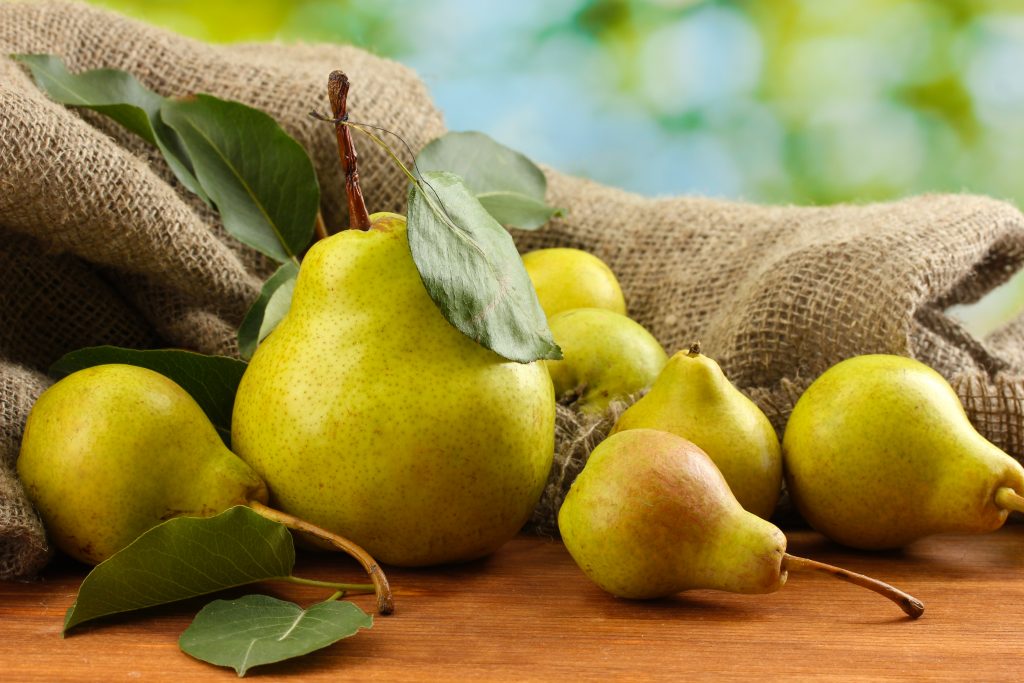
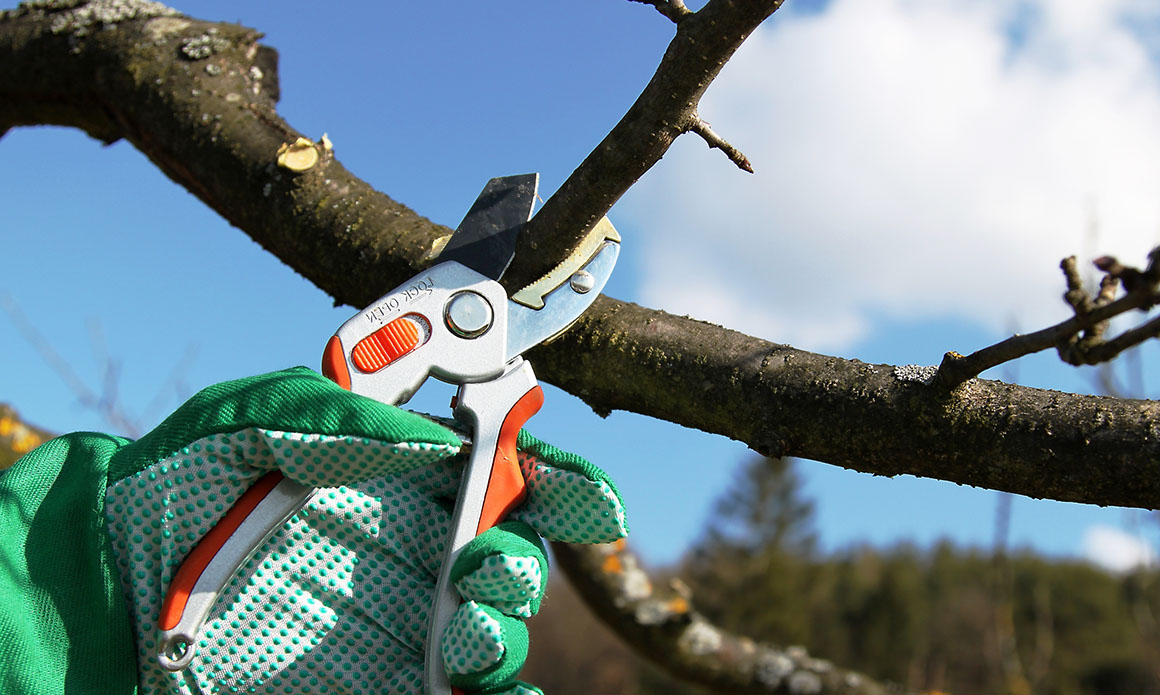
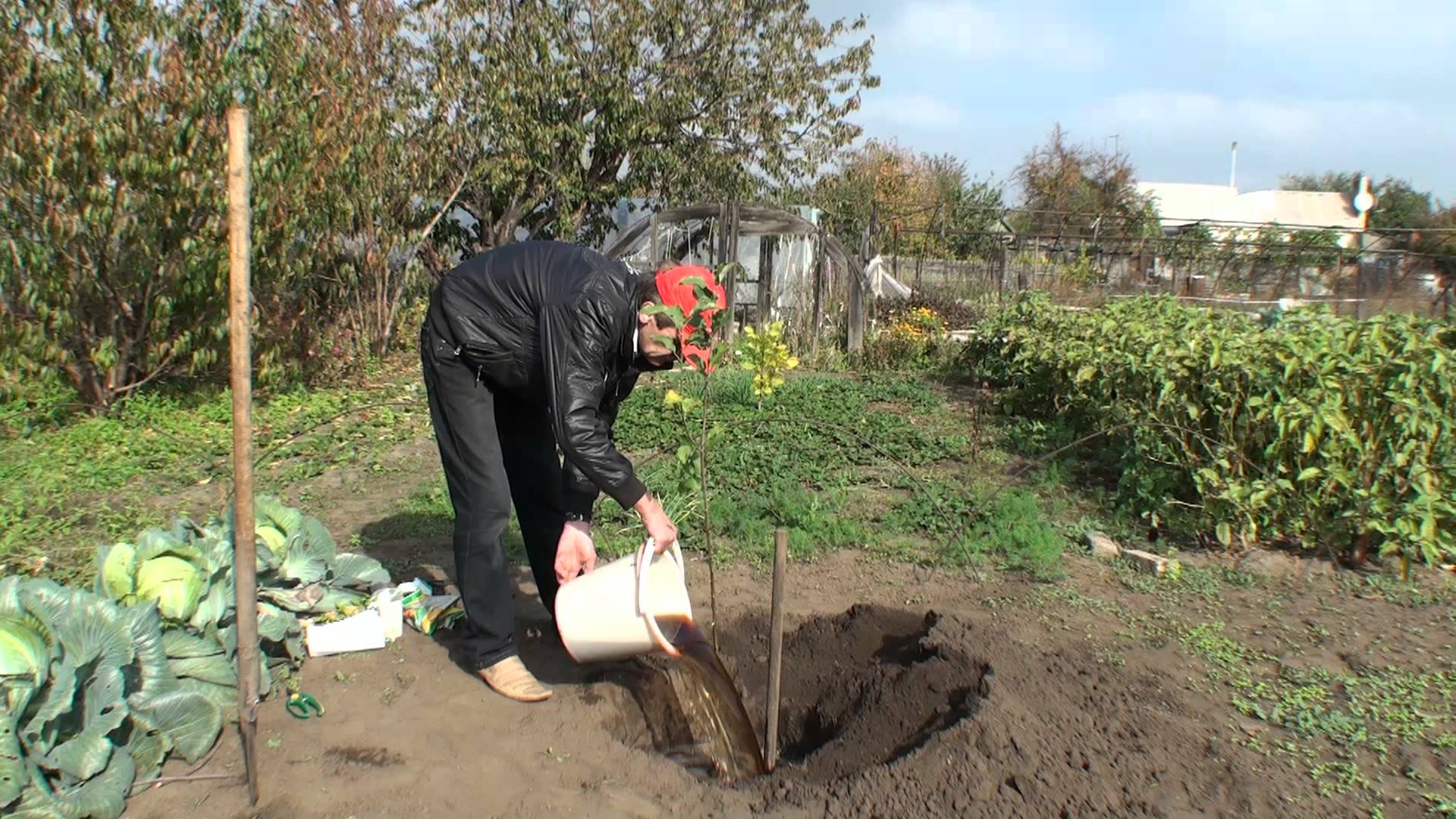
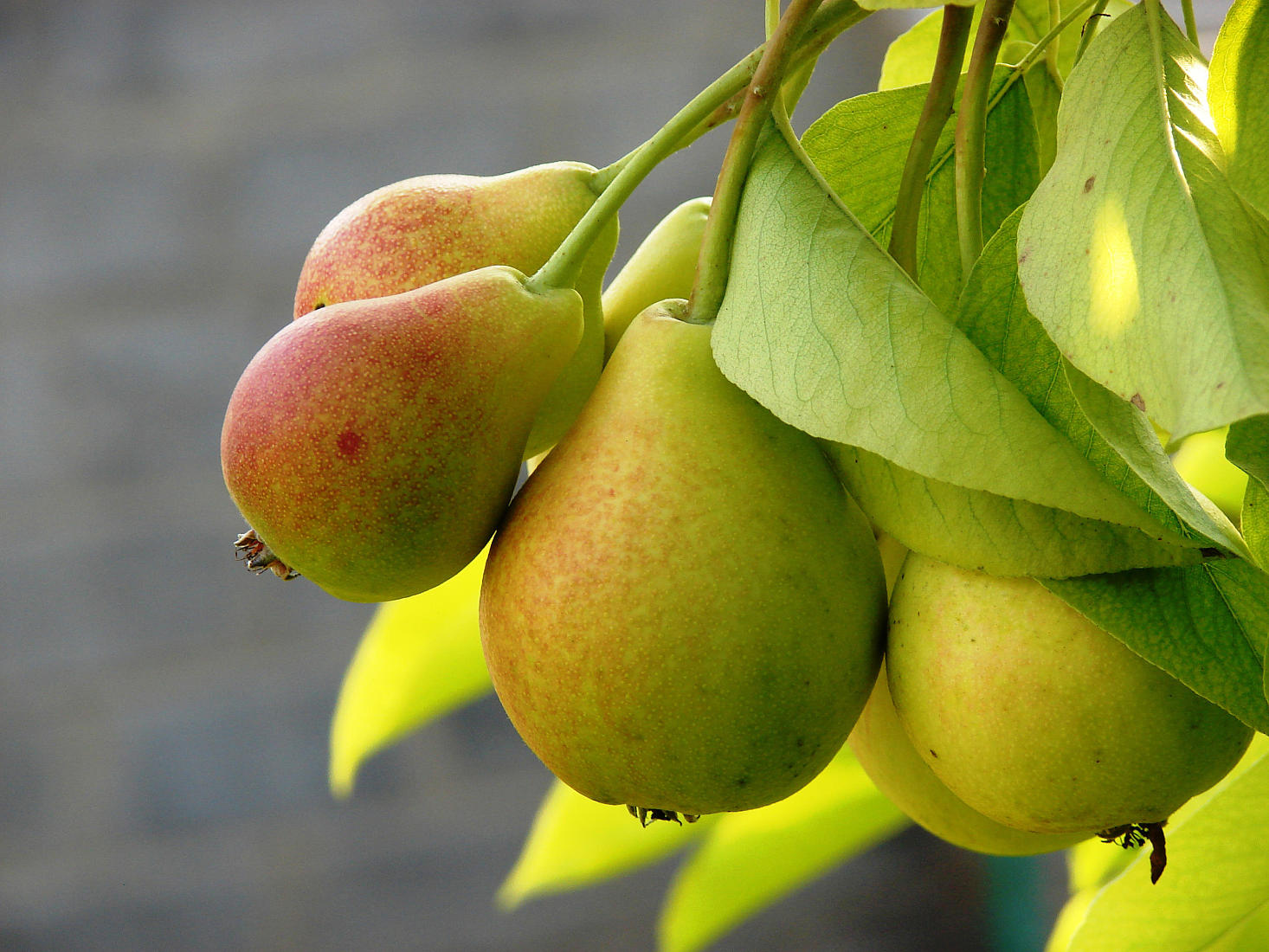 Pear "Noyabrskaya" winter: variety description
Pear "Noyabrskaya" winter: variety description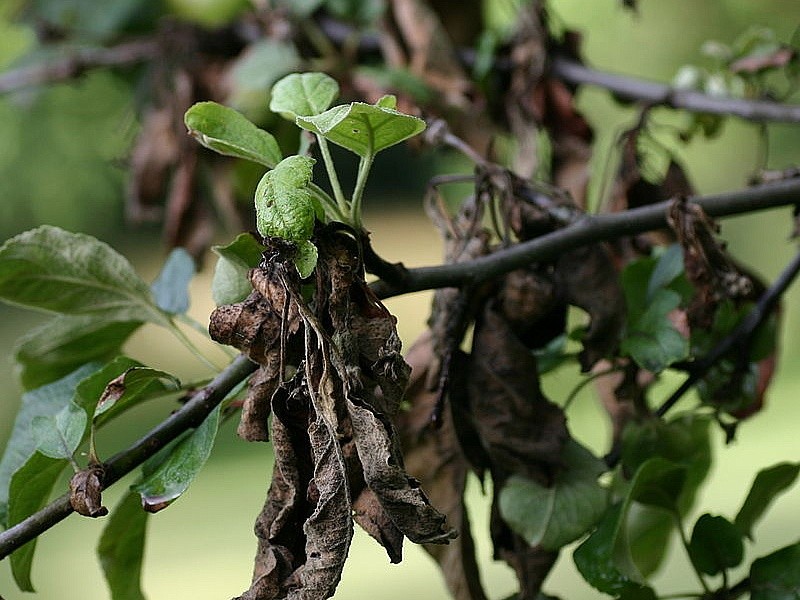 This drug from the pharmacy will help to cure the blackening and curling of foliage in a pear.
This drug from the pharmacy will help to cure the blackening and curling of foliage in a pear.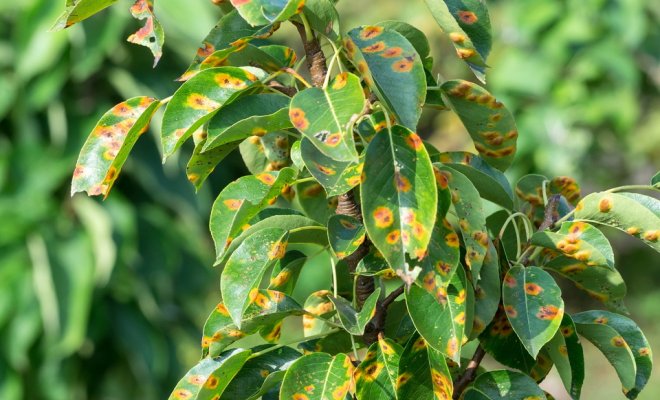 Are orange spots on pear leaves a disease? How to treat?
Are orange spots on pear leaves a disease? How to treat?
Tatyana
Pay attention to abandoned cottages. Where no one cares for trees. They are healthy and give a plentiful harvest. And in your garden you nurse like with a child. and diseases and pests win!